Description
Mining Industry
Detecting Methane in Underground and Surface Mines
Methane buildup inside mines can cause deadly explosions and put workers at serious risk. In underground mines, fixed gas sensors usually handle detection. However, in open-pit mines, operators gain a big advantage by using the U10. It scans large areas quickly, so teams can monitor methane levels more efficiently and react before conditions become dangerous.
Monitoring Coal Seam Gas (CSG)
Coal mines frequently release coal seam gas, which contains a high concentration of methane. To manage this, operators turn to the U10. It helps them detect and measure emissions accurately. This way, they can respond faster, improve safety, and even optimize gas recovery processes for better performance.
Emergency Response and Hazardous Area Monitoring
Quick Methane Risk Assessment
In both industrial and urban environments, methane leaks pose serious fire and explosion threats. During emergencies, speed matters. So, teams immediately launch the U10 to locate leaks from a safe distance. As a result, they prevent potential disasters before they unfold.
Supporting First Responders in Dangerous Zones
Before entering hazardous areas, firefighters and HAZMAT teams need to know what they’re walking into. That’s why they use the U10. It quickly scans the area for gas leaks, giving teams the data they need to plan smarter and protect their people.
Agricultural and Livestock Monitoring
Tracking Methane from Livestock Farms
Cattle and other livestock naturally produce methane during digestion. On large farms, these emissions add up fast. To control this, farmers use the U10. It provides accurate measurements, so they can adjust feed and waste systems accordingly. Over time, this reduces overall methane output and improves environmental practices.
Inspecting Biogas Plants for Leaks
Biogas plants convert organic waste into renewable energy, but even small methane leaks can reduce efficiency. Fortunately, the U10 detects these leaks early. Operators can then fix issues quickly, keeping energy production high and environmental impact low.
Research and Scientific Applications
Studying Climate Change in Real-Time
Scientists use the U10 to monitor methane from natural sources like wetlands and permafrost, as well as industrial sites. With this data, they gain deeper insights into atmospheric methane trends. Then, they use those insights to improve climate models and guide emission-reduction strategies.
Advancing Gas Detection Technology Through Research
Universities and research labs continue to experiment with drone-mounted sensors like the U10. These institutions explore new methods for leak detection, test different environments, and collect valuable data. As a result, they help push drone sensing technology forward and inspire real-world innovation.
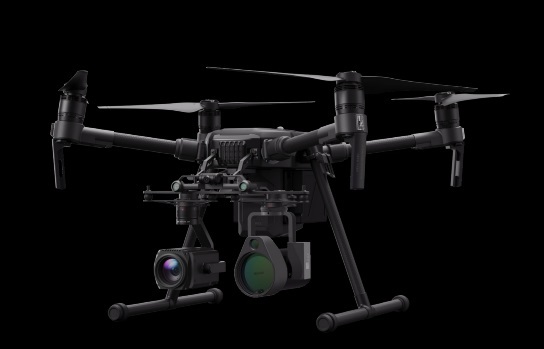
The U10 Laser Methane Leakage Detector is a drone-mounted sensor designed for long-range, high-precision methane detection using TDLAS technology. It provides real-time gas concentration readings, helping industries detect leaks remotely, enhance safety, and comply with environmental regulations.
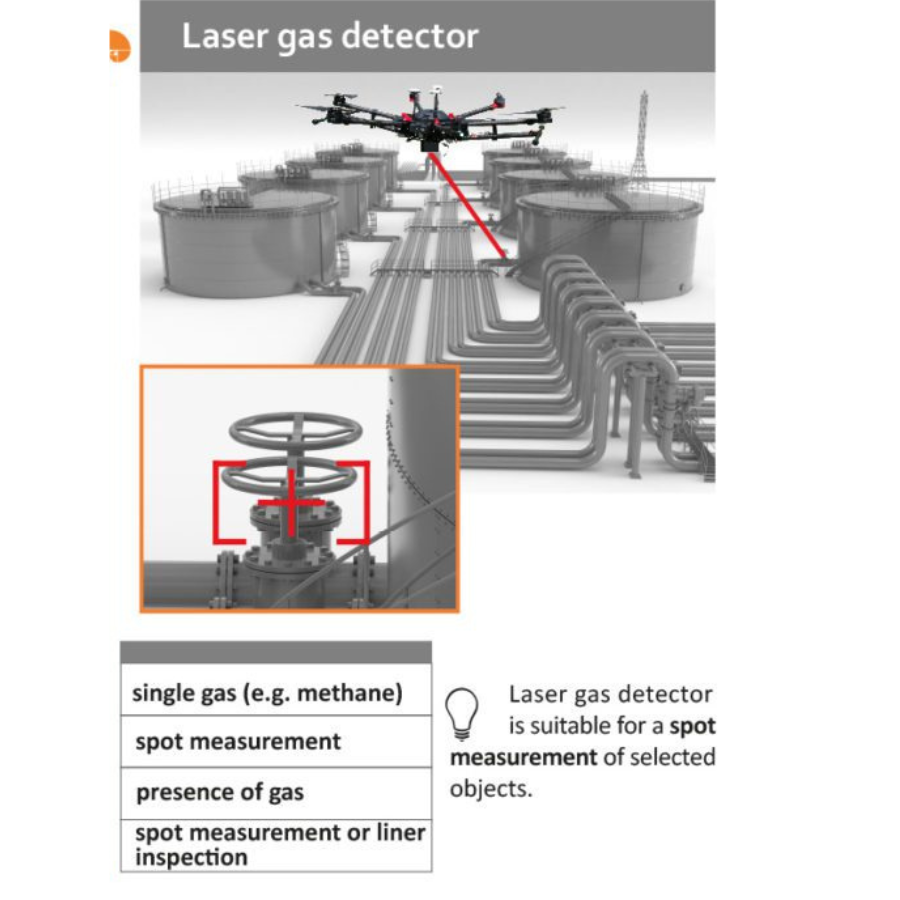
Key Components
- Tunable Diode Laser Sensor – For precise methane detection.
- Optical System (Laser & Receiver) – Ensures long-range measurements.
- Data Processing Unit – Analyzes gas concentration in real time.
- Drone Mounting System – Lightweight and optimized for UAV integration.
- Power Supply Unit – Designed to be powered by the drone.
- Wireless Communication – Transfers data to operators instantly.
- Environmental Protection Casing – Shields against dust, wind, and temperature changes.
Specifications
Specification |
Details |
|---|---|
| Detection Technology | Tunable Diode Laser Absorption Spectroscopy (TDLAS) |
| Target Gas | Methane (CH₄) |
| Detection Range | Up to 100 meters |
| Detection Sensitivity | 5ppm × m |
| Response Time | < 25ms |
| Operating Temperature | -20°C to 50°C |
| Weight | Approx. 1 kg |
| Power Supply | Compatible with drone power systems |
| Data Output | Real-time readings via UAV communication |
| Integration | Compatible with DJI Matrice drones |
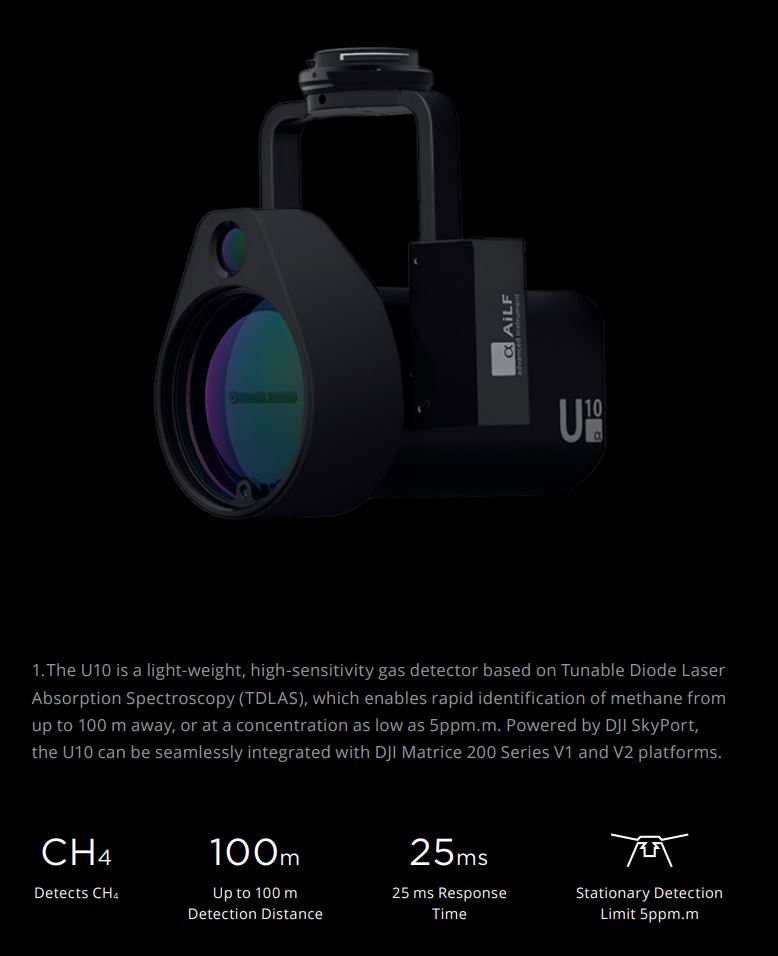
The U10 Laser Methane Leakage Detector is a highly advanced, drone-mounted gas detection system designed to remotely identify and measure methane (CH₄) leaks with high accuracy. It is widely used in various industries where methane gas is a concern, including oil & gas, utilities, environmental monitoring, mining, and emergency response. Below is an in-depth explanation of how this detector is used in different applications.
Oil & Gas Industry
Pipeline Inspections: Oil and gas pipelines span vast terrains, including remote and hard-to-reach areas. With the U10, operators can fly drones along these pipelines to detect potential methane leaks. This method eliminates the need for ground teams, ensuring faster and safer inspections. As a result, it reduces operational downtime and cuts maintenance costs.
Wellhead & Facility Monitoring: Aging infrastructure often causes leaks at natural gas wellheads and production facilities. Here, the U10 proves valuable—it quickly scans large areas and ensures early leak detection before conditions turn hazardous.
Offshore Platform Surveillance: Offshore drilling platforms pose high risks, especially when methane leaks occur. Fortunately, the U10 offers a non-contact solution for monitoring gas leaks safely from a distance. Even during harsh weather, it maintains accurate detection, minimizing risk to personnel.
Utilities & Gas Distribution Networks
Leak Detection in Urban Areas: Urban gas networks are complex and buried beneath busy streets, making manual inspections inefficient. By mounting the U10 on drones, operators can scan pipelines from above—without disrupting traffic or digging up roads. This approach significantly reduces safety risks in residential and commercial zones.
Inspection of Gas Storage Facilities: Gas storage tanks and distribution hubs require regular inspections to prevent potential fire hazards. The U10 detects even the smallest leaks early on, enabling timely repairs and preventing costly or dangerous incidents.
Environmental Monitoring & Compliance
Greenhouse Gas Emission Tracking: Methane is a powerful greenhouse gas that contributes heavily to global warming. Environmental agencies now use the U10 to monitor methane emissions from industrial sites, landfills, and natural sources. In turn, this helps companies meet regulatory standards and lower their environmental impact.
Landfill Gas Monitoring: Organic waste in landfills breaks down and releases methane. With the U10, operators can quickly scan large landfill areas and pinpoint zones with high gas concentrations. This improves landfill safety and streamlines gas management efforts.
Mining Industry
Underground & Surface Methane Detection: Methane buildup in mines can trigger explosions and threaten worker safety. While underground mines rely on fixed gas sensors, open-pit mines benefit more from drone-based U10 detection. This allows for wide-area coverage and real-time monitoring.
Coal Seam Gas (CSG) Monitoring: Coal mining activities often release coal seam gas, which primarily contains methane. The U10 detects and quantifies these emissions effectively. Consequently, operators can prevent hazards and optimize gas extraction processes.
Emergency Response & Hazardous Area Monitoring
Fire & Explosion Risk Assessment: Methane leaks in industrial or urban settings create serious explosion risks. In these high-pressure situations, emergency teams can quickly deploy the U10 to locate leaks from a safe distance. This immediate response reduces the chance of disaster.
First Responder Support: Firefighters and HAZMAT teams use the U10 to evaluate gas presence before entering dangerous zones. This approach supports strategic planning and enhances the safety of emergency personnel.
Agricultural & Livestock Monitoring
Methane Emissions from Livestock Farms: Livestock, particularly cattle, naturally emit methane during digestion. To manage these emissions, farmers use the U10 to monitor large-scale farms. This data helps improve waste management and feeding strategies, ultimately reducing methane output.
Biogas Plant Inspections: Biogas plants turn organic waste into renewable energy, but they must remain sealed to avoid methane leaks. The U10 detects any escaping gas, ensuring efficient operation and minimizing environmental impact.
Research & Scientific Applications
Climate Change Studies: Scientists rely on the U10 to analyze methane emissions from sources such as wetlands, permafrost, and industrial regions. These insights support climate modeling and help create strategies to cut greenhouse gas emissions.
Academic & Industrial Research: Research institutions and universities actively use the U10 for testing gas detection technologies. These studies improve understanding of drone-based sensing and advance innovation in leak detection systems.
Summary of Key Uses
| Application | Use Case | Benefit |
|---|---|---|
| Oil & Gas Industry | Pipeline, wellhead, and facility leak detection | Safer, faster, and cost-effective inspections |
| Utilities & Gas Networks | Urban gas leak detection and storage facility monitoring | Reduces risks and prevents major gas leaks |
| Environmental Monitoring | Greenhouse gas tracking, landfill emissions monitoring | Helps industries comply with environmental regulations |
| Mining | Methane detection in open-pit coal mines | Prevents hazardous conditions for workers |
| Emergency Response | Fire and explosion risk assessment | Enables first responders to act safely |
| Agriculture & Livestock | Monitoring emissions from farms & biogas plants | Reduces methane output for environmental sustainability |
| Research & Science | Climate change studies and academic research | Enhances scientific understanding of methane emissions |
The U10 Laser Methane Leakage Detector is a game-changing tool that enables fast, efficient, and remote methane detection. Its drone-mounted capability allows it to reach hazardous, inaccessible, and large-scale areas without risking human safety. By providing accurate and real-time methane readings, the U10 plays a vital role in industrial safety, environmental protection, and regulatory compliance.
Includes
-
U10 Laser Methane Detector Unit
-
Mounting Bracket
-
Power & Data Cables
-
User Manual & Setup Guide
-
Carrying Case
-
Calibration Certificate
-
Software & Data Management Tools
-
Warranty Card & Support Information
FAQS
What is the U10 used for?
The U10 is a drone-mounted methane detector designed for remote leak detection. It’s widely used in oil & gas, utilities, mining, environmental monitoring, and emergency response. It spots methane leaks from up to 100 meters away with high precision.
How does it detect methane?
It uses Tunable Diode Laser Absorption Spectroscopy (TDLAS), which analyzes how laser light interacts with methane in the air.
Which drones support the U10?
The U10 works with DJI Matrice drones, including the Matrice 200 Series and Matrice 300 RTK, as well as other UAVs with the right payload capacity.
How far can it detect leaks?
Under ideal conditions, it detects methane leaks from up to 100 meters (328 feet) away.
How sensitive is the U10?
It detects methane at 5 ppm × m, offering highly accurate leak detection.
Can it detect other gases?
No, the U10 is built specifically for methane (CH₄) and does not detect gases like CO₂ or H₂S.
How is data shown?
It provides real-time readings on the drone’s display and also logs data for later analysis and reporting.
Who uses the U10?
Many industries benefit, including:
– Oil & gas (pipelines, facilities)
– Utilities (gas distribution, storage)
– Environmental agencies (emission tracking)
– Mining (coal seam gas)
– Emergency teams (fire, explosion risk)
Does it need calibration?
Yes. While it comes pre-calibrated, regular recalibration is recommended depending on usage.
Can it handle tough weather?
Yes, it works in temperatures from -20°C to 50°C (-4°F to 122°F). However, heavy rain, fog, or strong winds may affect accuracy.
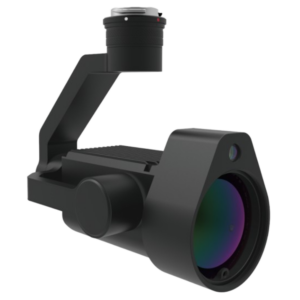


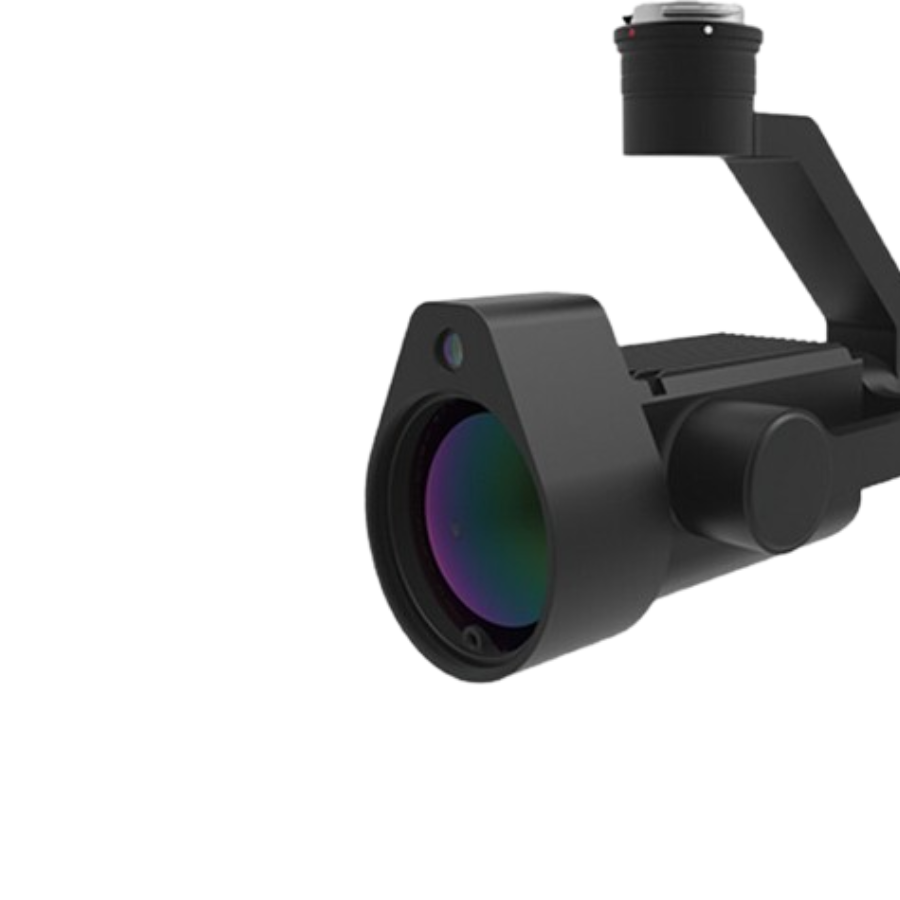
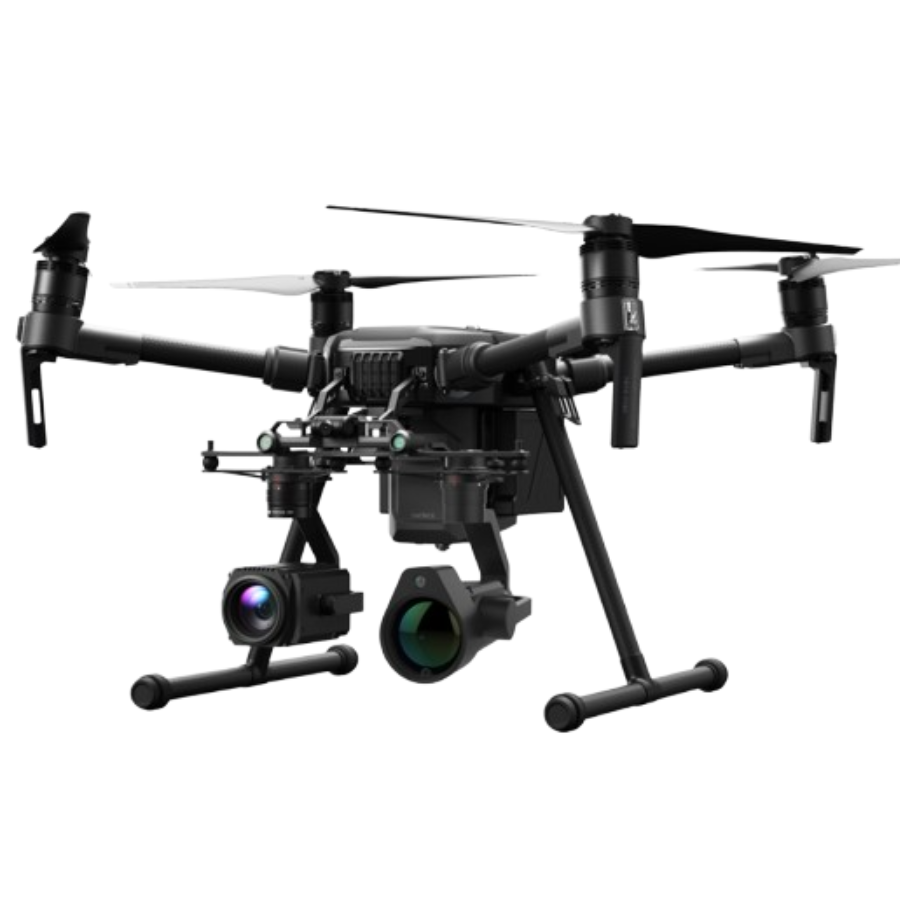
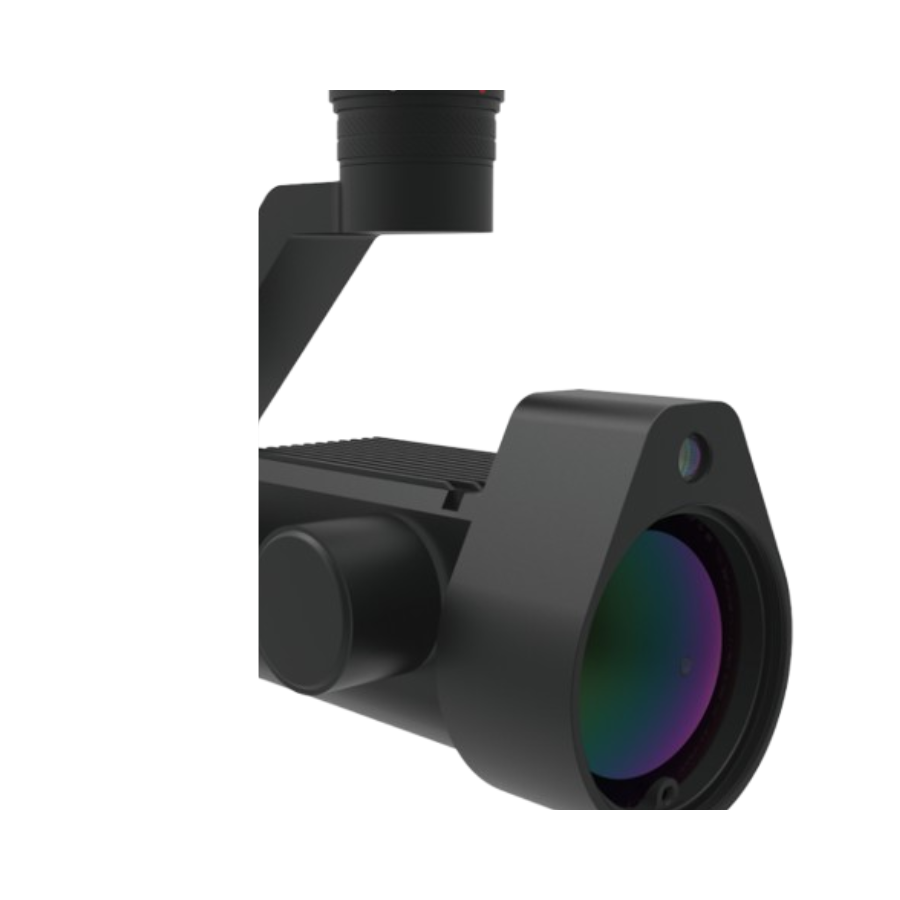

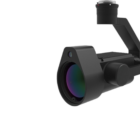
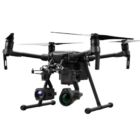
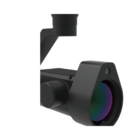

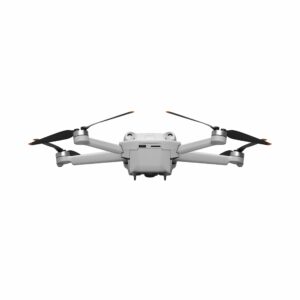

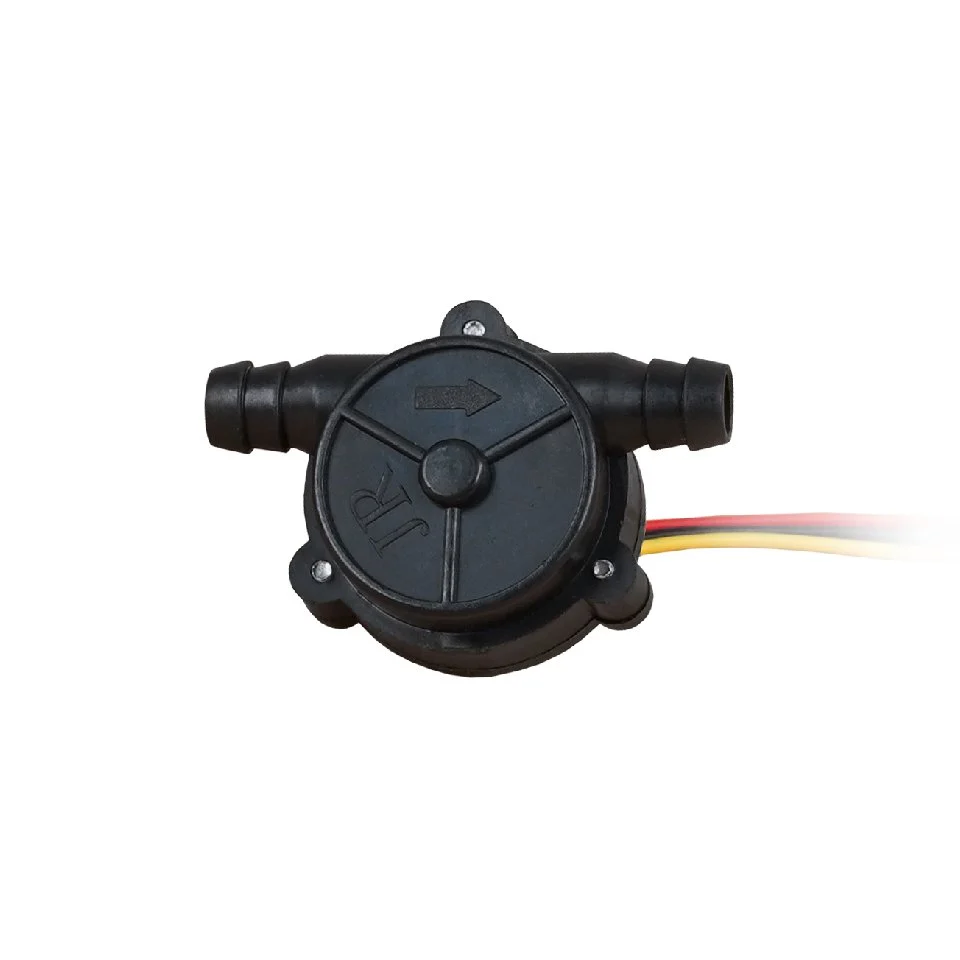

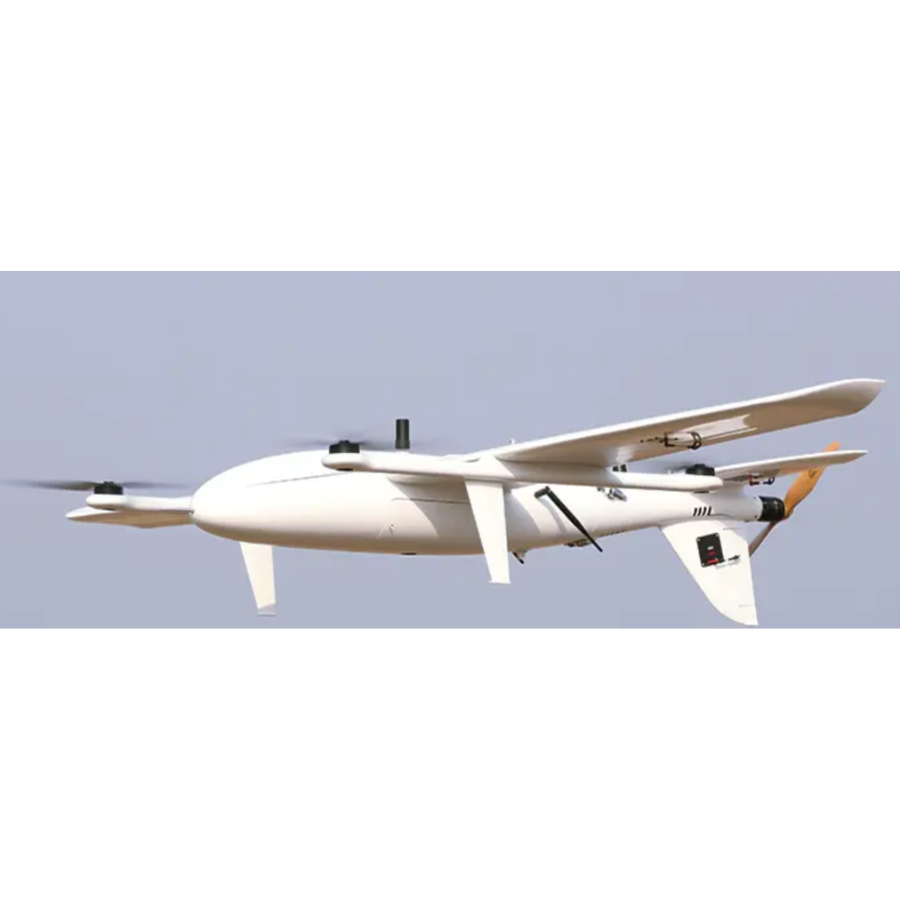



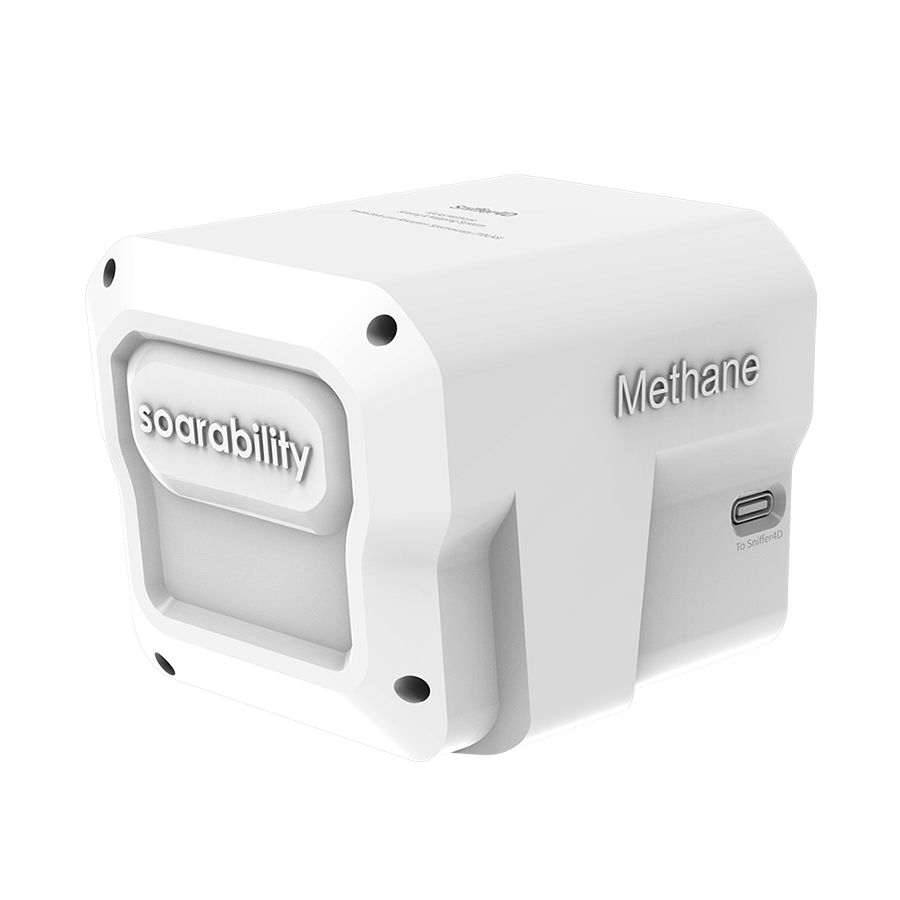

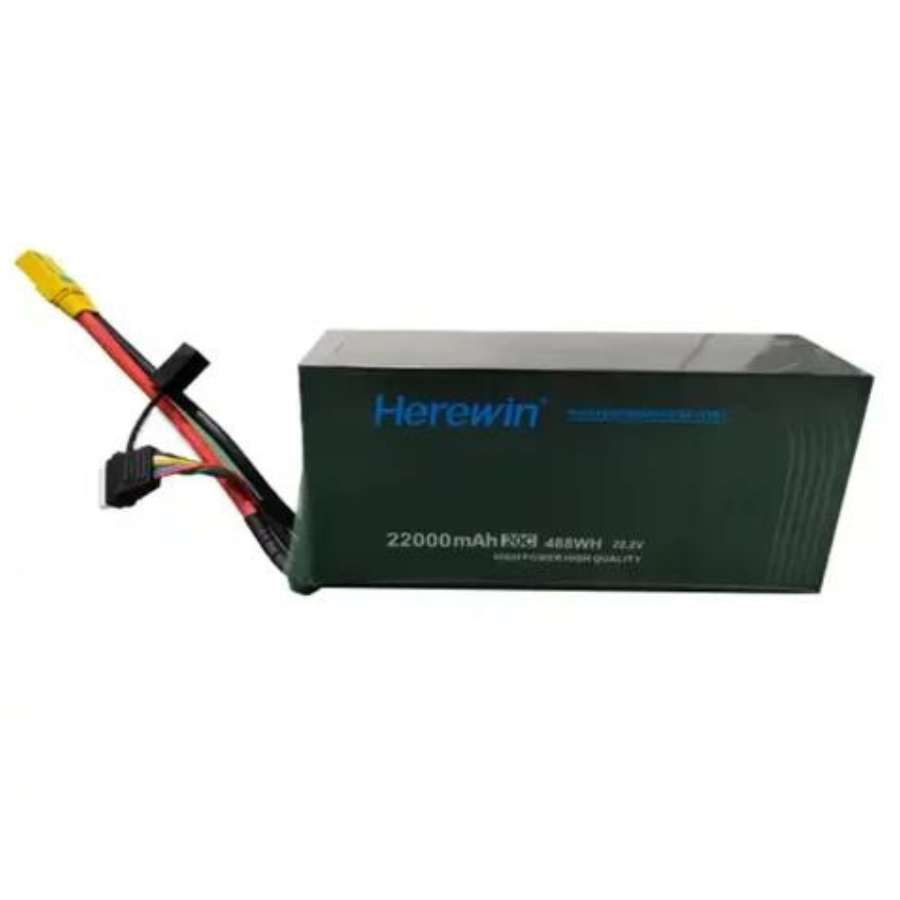



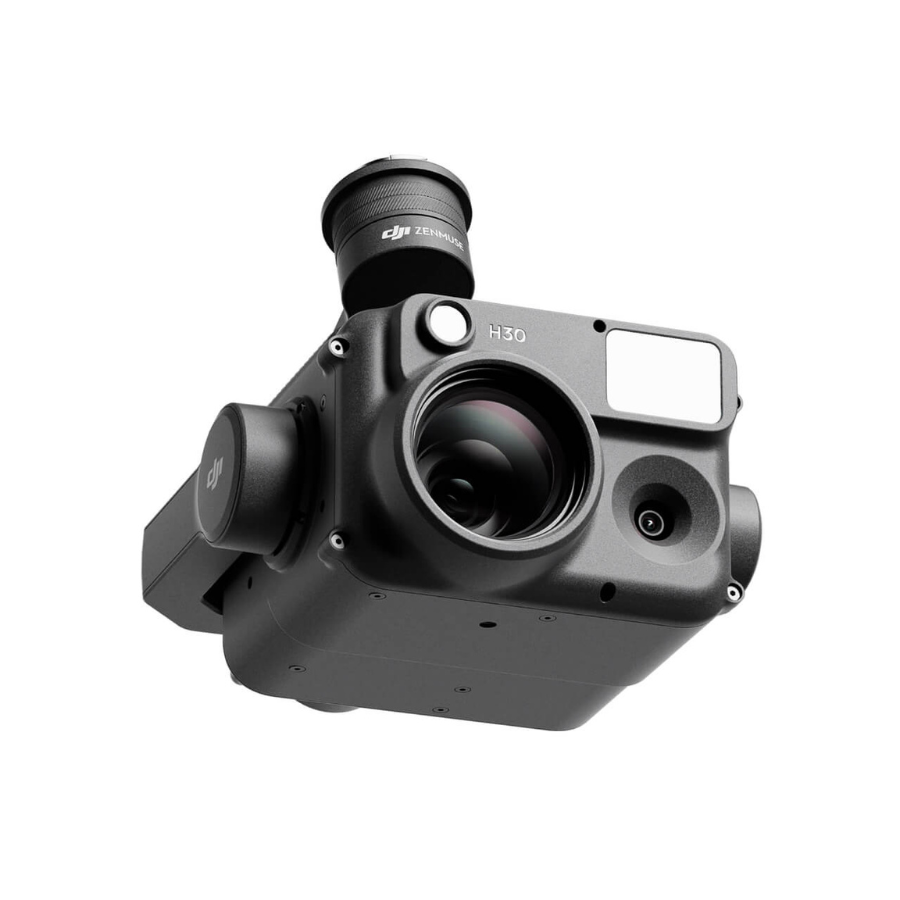





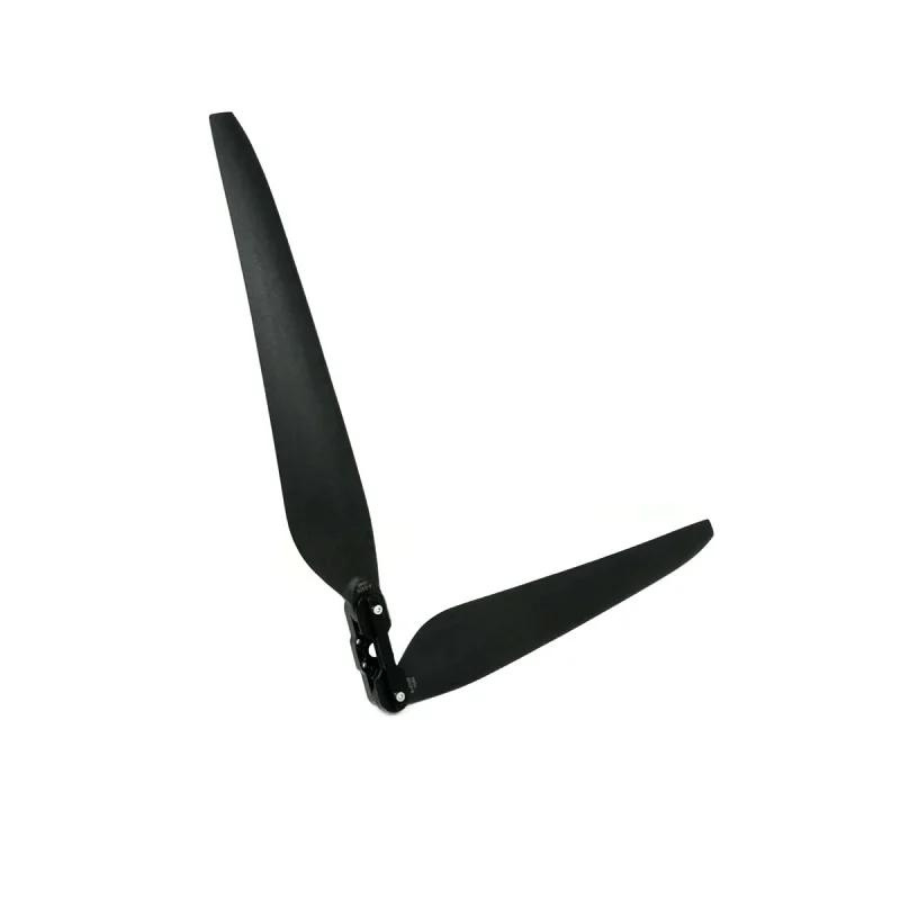

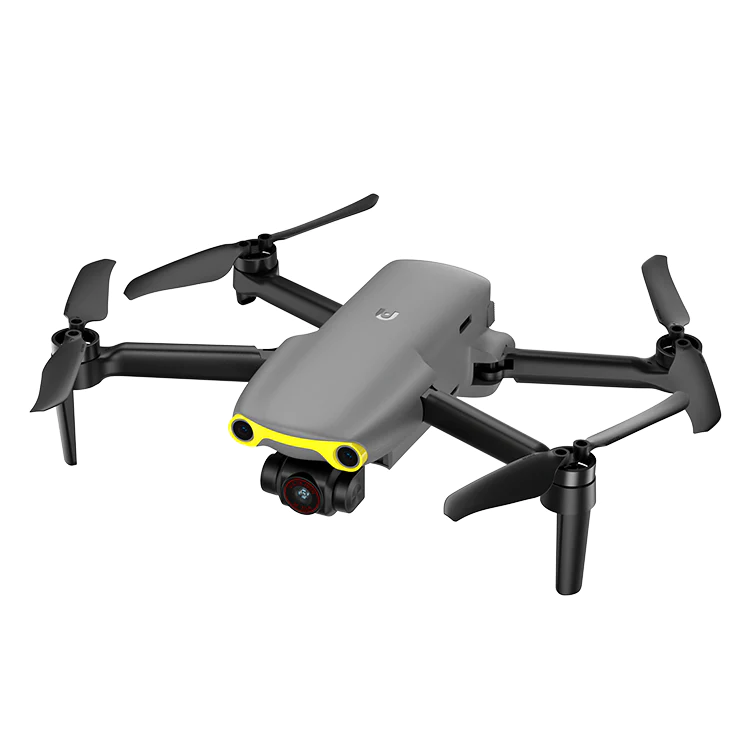




There are no reviews yet.